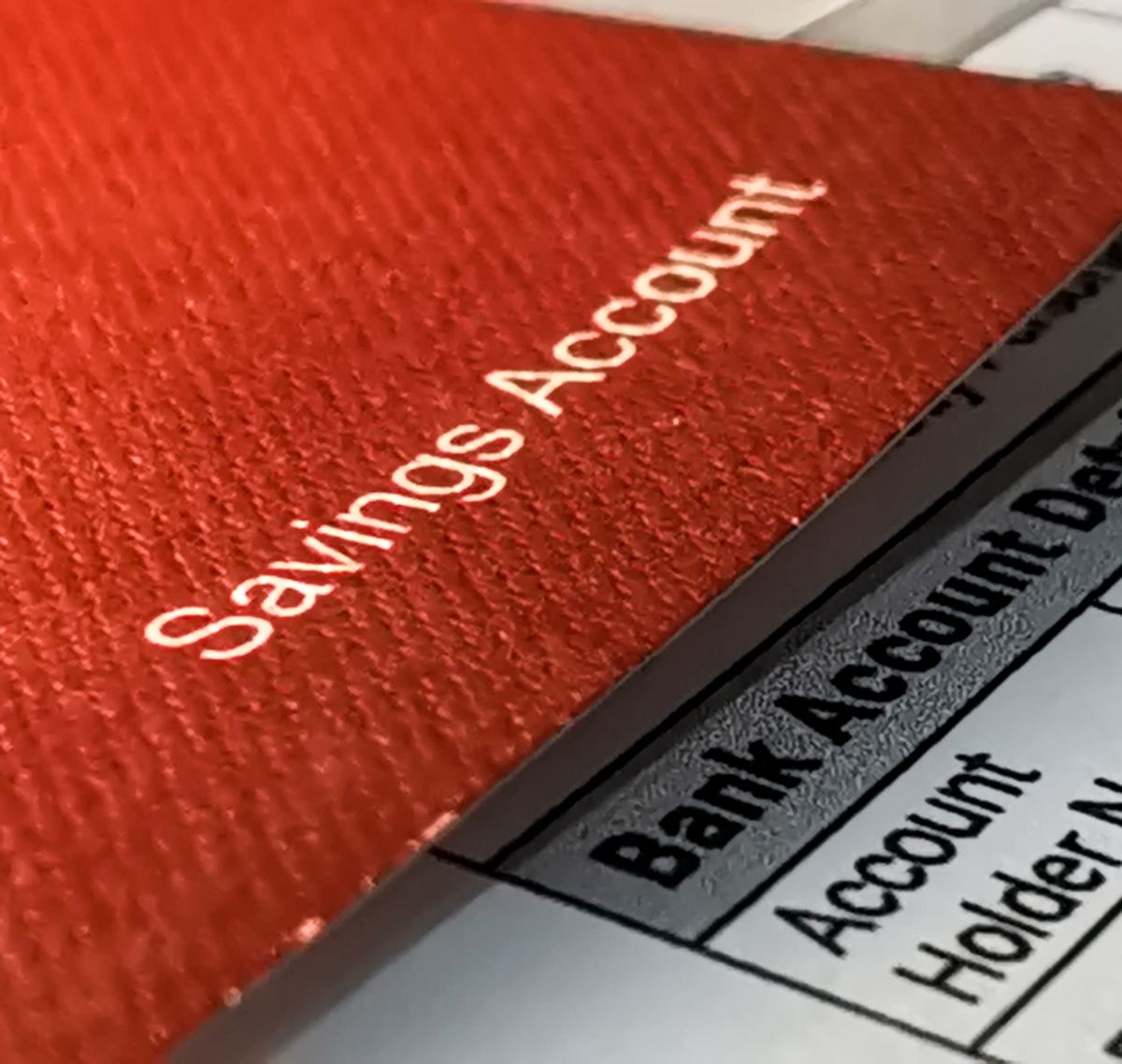It’s a good practice to consider your short-term and long-term savings goals and make a plan to meet those goals. A short-term savings goal may be saving money for an upcoming vacation or to buy a car within a year. A long-term savings goal may be to purchase a home, retire, or fund a college education for a child or other loved one. You can have multiple savings accounts for each of your goals, or track your savings in the same account using a spreadsheet or an app. Many banks and credit unions also offer dashboards where you can list your savings goals and track your progress towards savings.
Sometimes financial expenses come up that we don’t plan, and we have to adjust our savings goals. That’s okay! As long as you are generally practicing healthy budgeting and savings habits, you are on a good track for financial success!
Savings Accounts
Almost everyone has something that they are saving for in the future. Whether it’s a short-term goal like a vacation or gift for a loved one, or a longer-term goal such as buying a car or home, most of us have financial goals that we are working towards.
Many people have a savings account that is separate from their checking accounts. Savings accounts are beneficial because:
- Many savings accounts offer interest (the good kind of interest!) so that when you save money, you can make money from your savings. Look for institutions that offer “High Yield Savings Accounts”, which have a high interest rate (note that interest rates may change over time)
- They can be a safe place where you can put away your money that you’re not planning to use immediately (sometimes it’s easier separating your spending money (checking account) from your savings (savings account)
- You can have multiple savings accounts, so you can separate your savings goals
- Some employers offer the ability to directly deposit your paycheck into multiple accounts, so you can have some money going into your checking account (money that you’ll need to spend for rent, bills, and other expenses) and then you can put some away into your savings account. This is known as the “set it and forget it” model, because it’ll happen automatically without you having to think about it
Retirement Accounts
There are many ways to save for your future retirement. Having a retirement account is one of the safest ways to save for retirement. The most common way of getting your retirement account is through your employer. These retirement accounts are typically known as a 401(k) or 403(b). They provide you with the option of putting pre-tax money into the retirement account directly from your paycheck, so you don’t have to move the money yourself. Another great benefit is that retirement accounts provide you with “compound” interest, which means that you earn interest on your interest (which means more savings for retirement!)
Accounts for Retirement Planning
- 401(k) Learn more here
- 403(b) Learn more here
Learn more about the differences between a 401(k) and 403(b) here
Roth Individual Retirement Account (IRA) are another type of retirement savings account. Learn more about them here, and view a list of various types of retirement accounts.
Many workers will also qualify for Social Security benefits when they retire. The amount of these benefits depends on many factors including how much you earned, how long you worked, and the age at which you start utilizing your benefits. You can check how much you’ve earned via Social Security by creating an account on the US Government Social Security website.
Did you know?
Sometimes employers will provide you with a “match” or a retirement contribution, where your employer puts in free money on top of your savings. If you aren’t sure if your employer offers this, ask your HR department. You don’t want to miss out on free money!
California residents: If your employer doesn’t offer a retirement plan (which may happen if the employer is very small or if you aren’t working full-time) then you can check out other options such as the California retirement plan called CalSavers. CalSavers provides Roth Individual Retirement Account (IRA) to eligible California residents.
Pro Tip: Start saving for retirement as soon as you can! Every little bit helps, and each time you put money into a (401)k or 403(b) the interest will “compound” meaning that you’ll earn even more money from your savings!
Resources:

